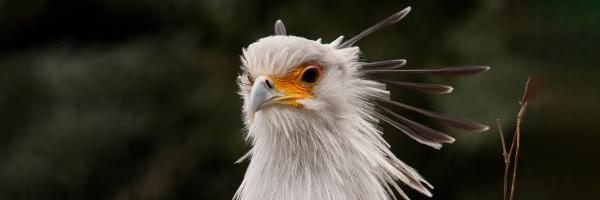Photo by Jim Shane
July 27, 2023, Boise, ID – Executive Vice President of Science and Conservation, Dr. Chris McClure, led a team of scientists from The Peregrine Fund, ZSL, and several other institutions to re-evaluate how to prioritize species and places to receive conservation action and limited resources. The resulting publication is a roadmap for bird conservation in the 21st century.
The study examines evolutionary distinctiveness, which assumes that the loss of more distinct species or lineages is worse than the loss of others, increasing the priority of unique species.
Combining a species’ evolutionary distinctiveness with its extinction risk creates an EDGE score. McClure and collaborators examined all bird species across orders, countries, and important bird areas (IBAs). The results helped designate those that are especially important for conservation and named them ‘EDGE species’.
McClure further examined three groups that are particularly threatened: parrots, raptors, and seabirds. Results revealed greater EDGE scores for these groups than other birds on average and a disproportionately high number of EDGE species. The species with the overall greatest EDGE score was the Giant Ibis (Thaumatibis gigantea), and the three raptor species with the greatest EDGE scores were the Secretarybird (Sagittarius serpentarius), the Philippine Eagle (Pithecophaga jefferyi), and the California Condor (Gymnogyps californianus).
Generally, the countries identified as especially important for bird conservation were Australia, Brazil, Indonesia, Madagascar, New Zealand, and the Philippines. These countries have the most threatened evolutionary history of endemic birds and are particularly important for parrots, raptors, or seabirds. These results highlight island nations, where small actions can have large impacts on evolutionary diversity, the need for international collaboration to conserve species with ranges spanning multiple countries, and a renewed call for increased conservation efforts in the Global South.







